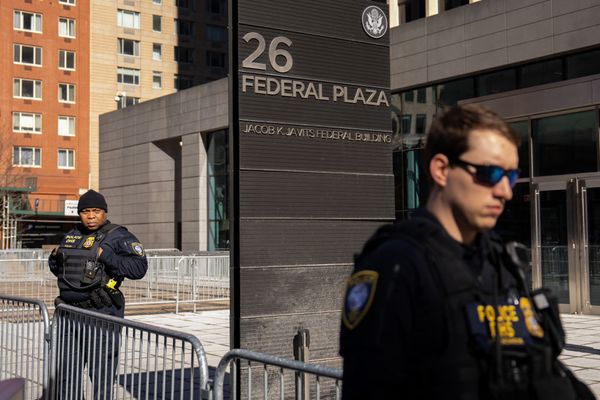
Donald Trump signed an order to delay imposing high tariffs on Chinese goods for another 90 days. This decision was announced just hours before the earlier deadline was about to pass. It stops U.S. taxes on Chinese imports from going back to the highest levels seen in April.
At that time, U.S. tariffs on Chinese goods were at 145 percent, and China had reacted by putting 125 percent taxes on American products. The new deadline, now set for mid-November, was the expected outcome after the most recent trade discussions between U.S. and Chinese officials.
Whenever it comes to Trump fighting China in the economy, he seems to give in a lot. The first pause on most of these tariffs was agreed to in May after a meeting in Geneva, which had lowered U.S. tariffs to 30 percent and Chinese tariffs to 10 percent. Trump’s trade policy has been hard to predict, often changing with little notice, leaving many businesses unsure about what will happen next. Either way, China doesn’t seem affected.
Trump is extending his deadline again
This newest delay is part of a pattern where harsh tariffs are announced, only to be reduced or postponed days or weeks later. For example, the “matching tariffs” introduced in early April were quickly paused and then delayed several times before finally being put in place with changes. The president’s strategy for trade with China keeps shifting between aggressive and softer measures.
Extension from 2020
— Biasedly Unbiased (@DiRealDan) August 12, 2025Interesting
Thank you for confirming -at the very end- that there is NO new signed deal
The deadline Trump gave China for a deal expired…
What would happen if Trump did not sign “ a 90-day extension of a tariff truce” today, August 12, 2025 ? pic.twitter.com/EhZdU0JN2a
In a recent social media post, Trump openly told China to “quickly buy four times more” U.S. soybeans. He said this would help greatly reduce China’s trade gap with the United States. After his post, soybean prices in Chicago went up, but it was not clear right away if China had agreed to buy more. The push for bigger farm purchases comes as the tariff deadline is extended again, showing how different parts of trade are used in negotiations.
We’ll likely see a lower tariff for China so Trump can save face. However, we may see more threats back and forth before that comes to pass.








